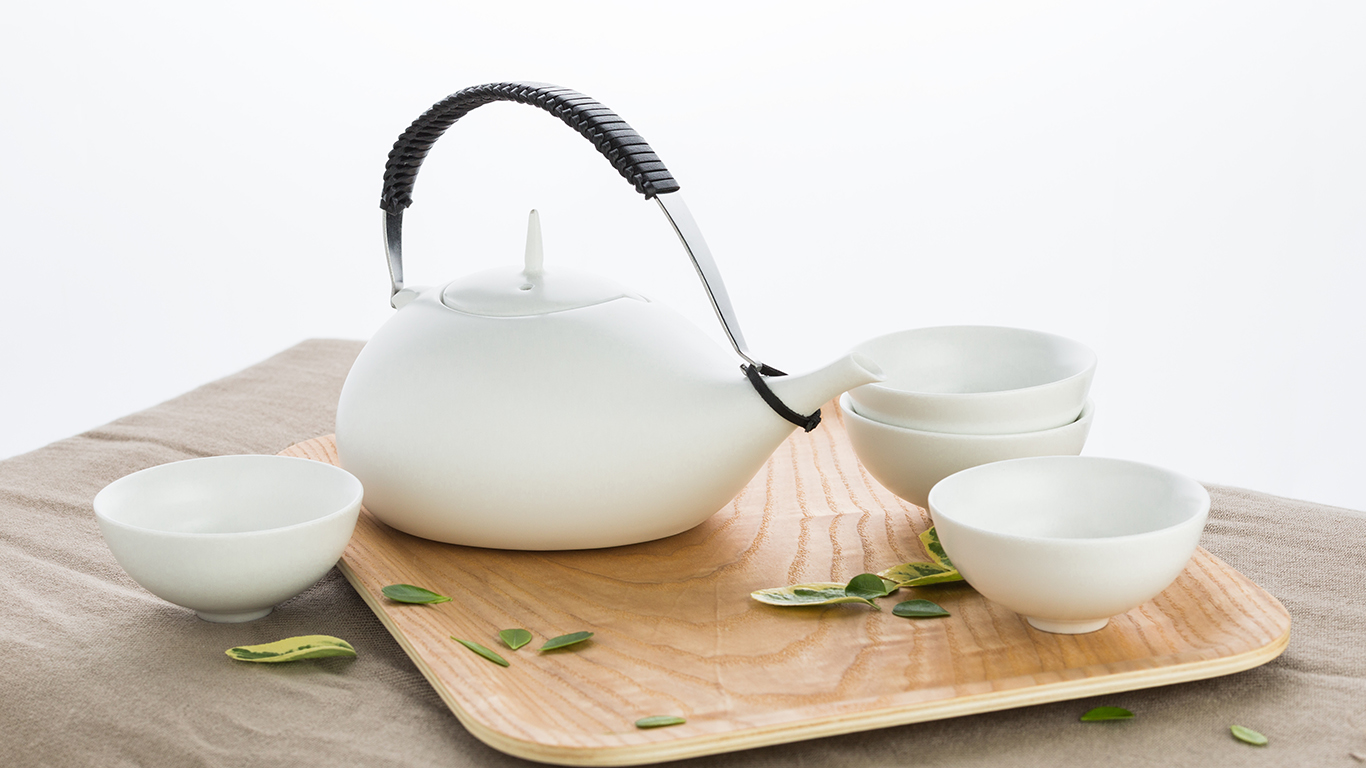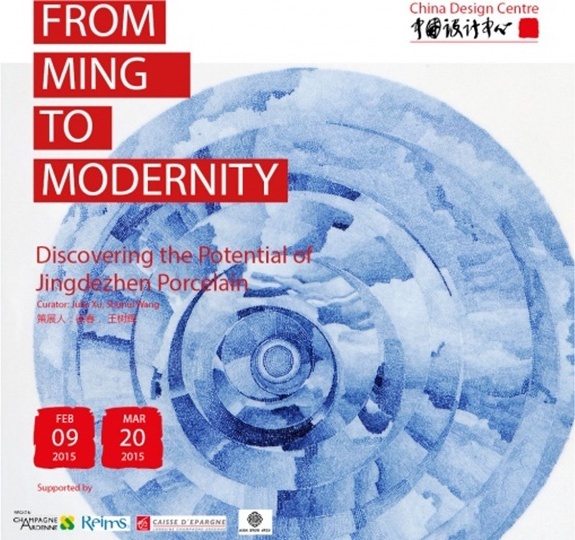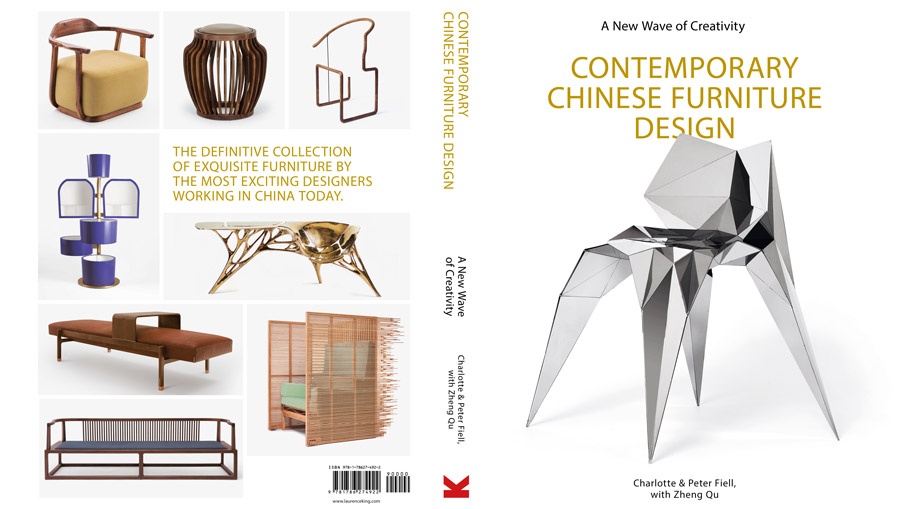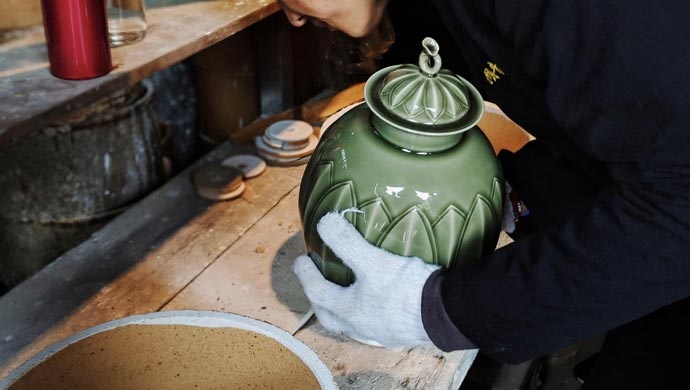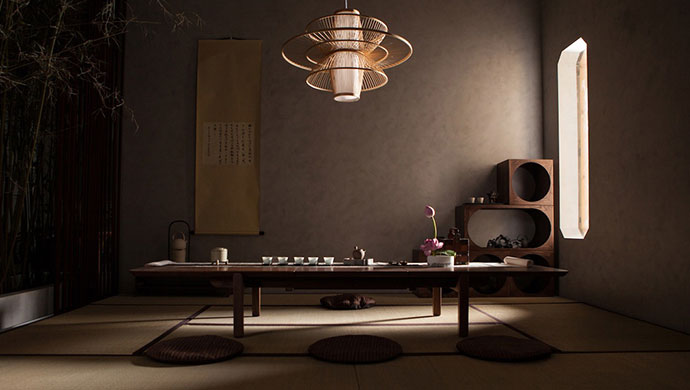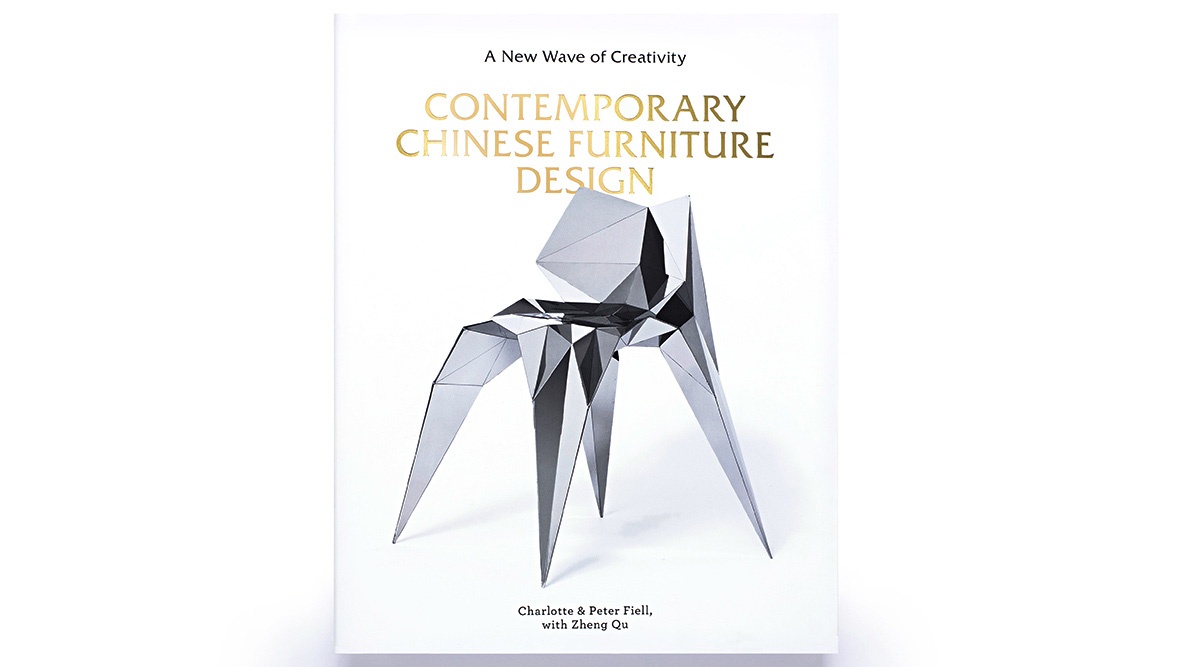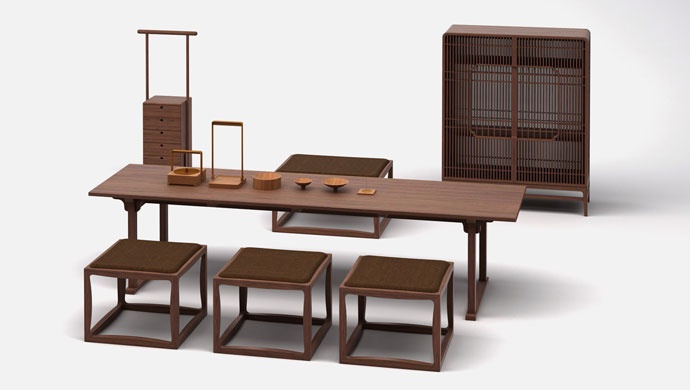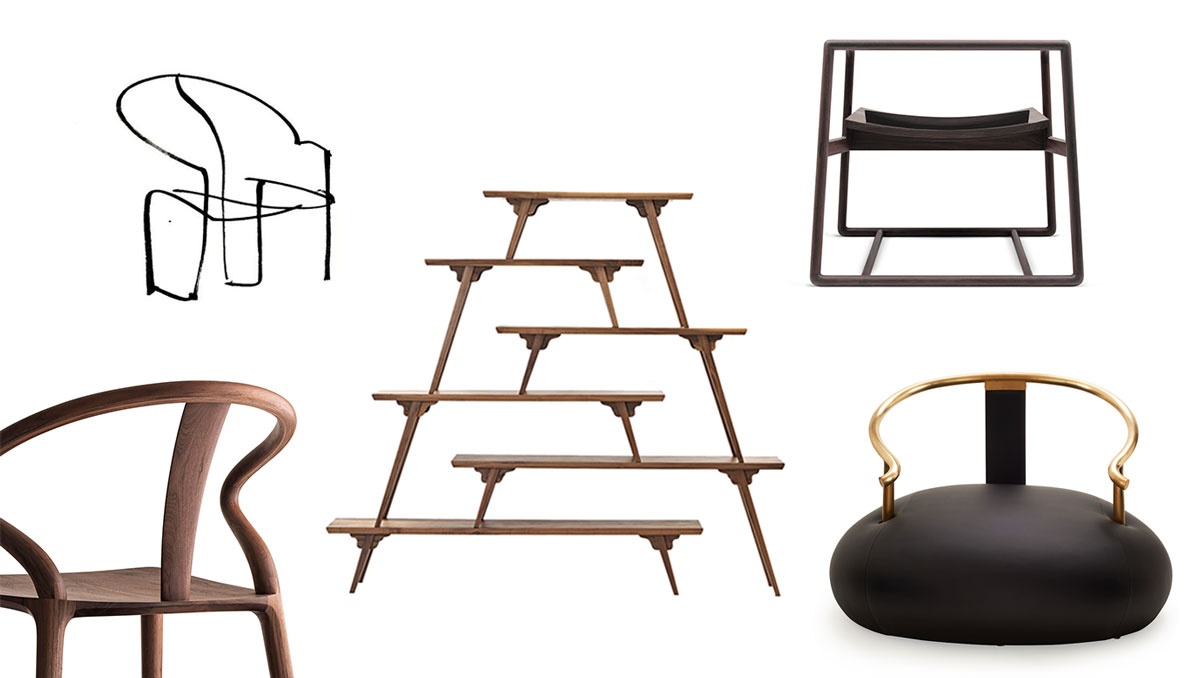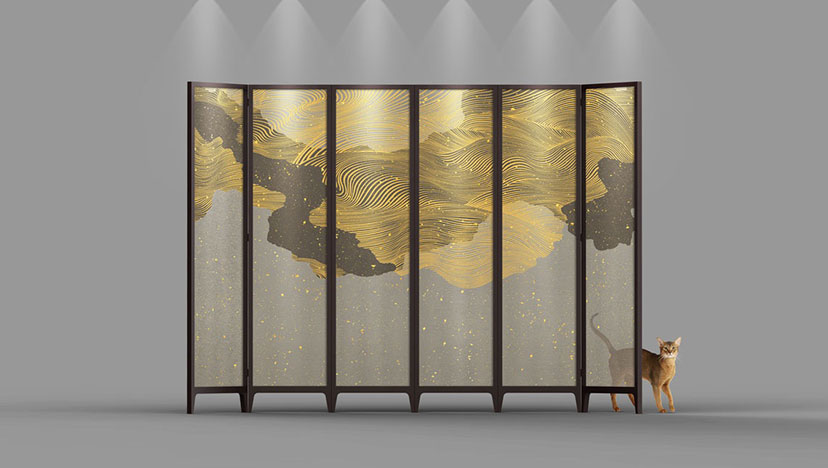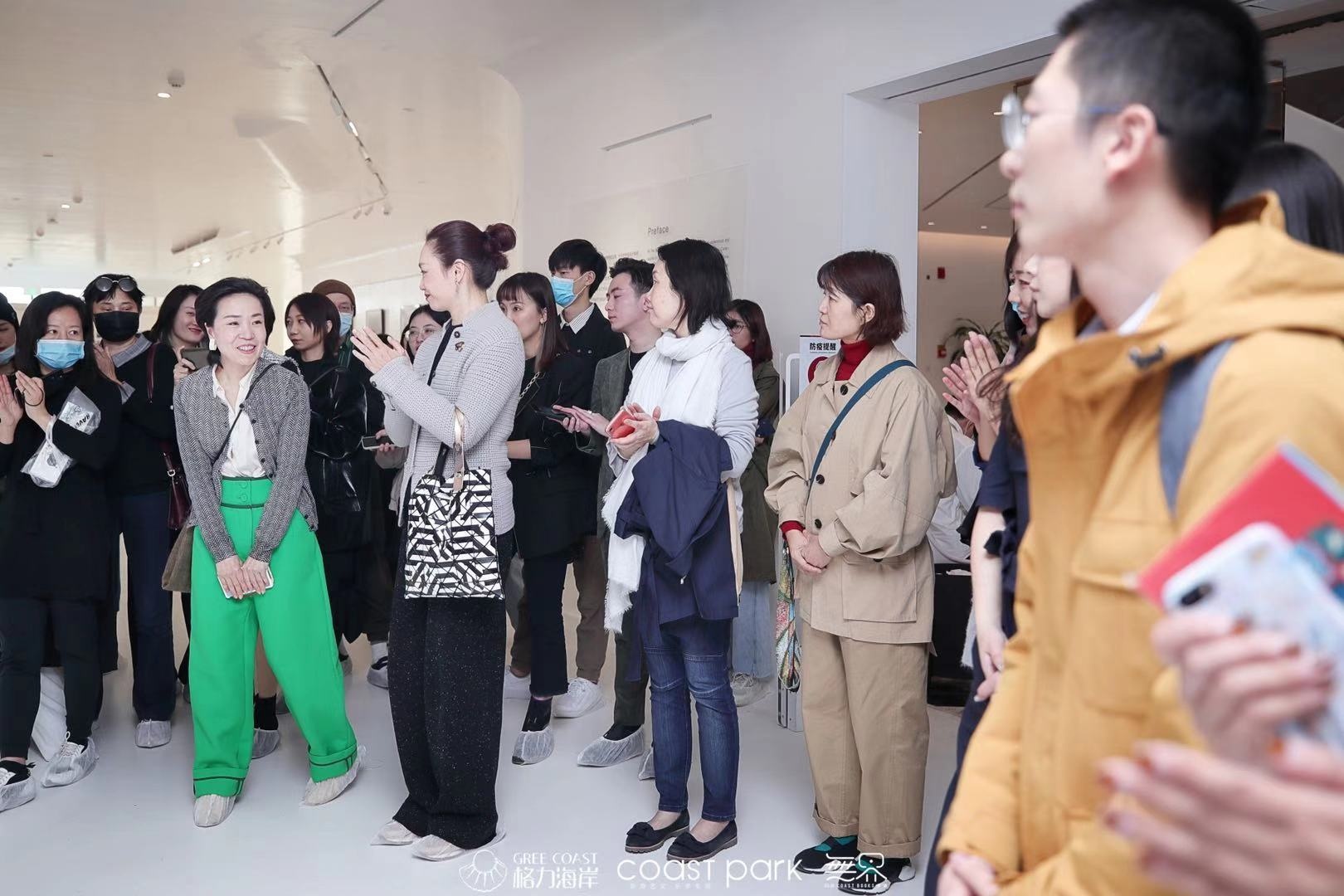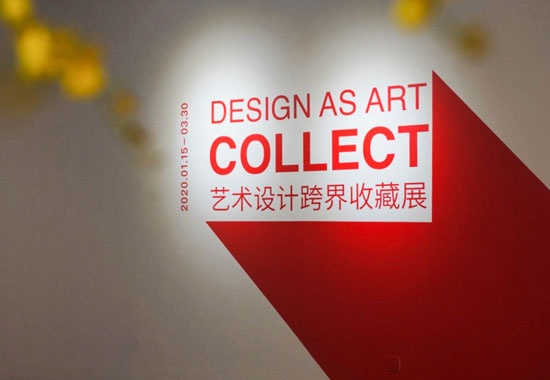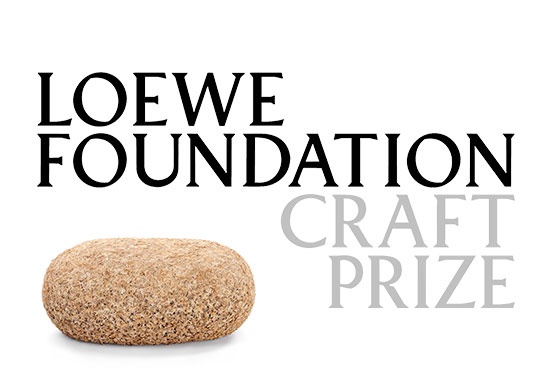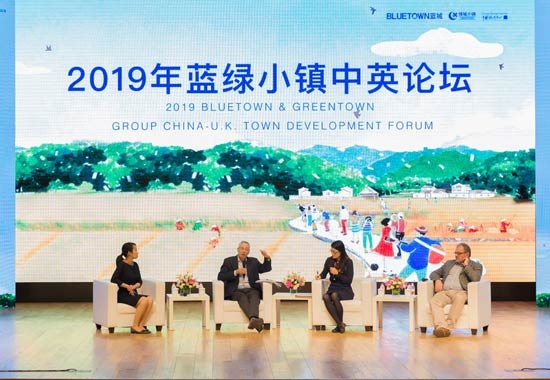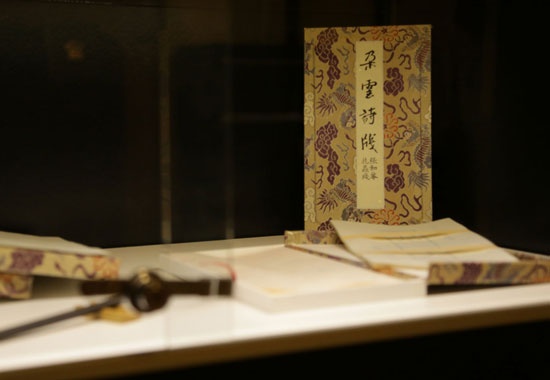January 12 - March 20 2015
China Design Centre has invited 20 of China’s hottest, young, collectible porcelain artists from Jingdezehen - to show their work in its latest exhibition “From Ming to Modernity”. Revealing the infinite potential in porcelain, the stunning pieces express the artists’ perceptions of everyday life – pollution, home, food – to questions about identity, nationality and gender. As much a reaction to the bland work of globalization and assimilation, these ceramics will encourage debate and emotion during the most routine of everyday rituals.
Jingdezhen may be a small city in South China, but it has become known as ‘Porcelain Capital’, producing quality pottery for more than 1700 years. Throughout history, Jingdezhen’s porcelain has had an enormous impact on cultural exchange, aesthetics, ceramic technology and daily life around the world. Our team began to curate this exhibition five months ago and we’ve found it intriguing and exciting to discover the infinite potential in porcelain to express modern life, balanced against the beauty of Chinese traditional porcelain which you can explore at the British Museum’s current exhibition –Ming: 50 years that changed China. We are excited to share this journey of discovery with you in the New Year.
Artists and works:
Xi Liu, based in both Jingdezhen and Shanghai, is an emerging porcelain artist in. China. As an artist, ceramics allow her to create emotional, non-verbal ‘answers’ to the questions in her life. Her piece ‘Next Stop NO.2 – Turtle’ answers the question of ‘What is Beijing?’–A gigantic city with numerous skyscrapers packed tightly together, and quite a distance from A to B.
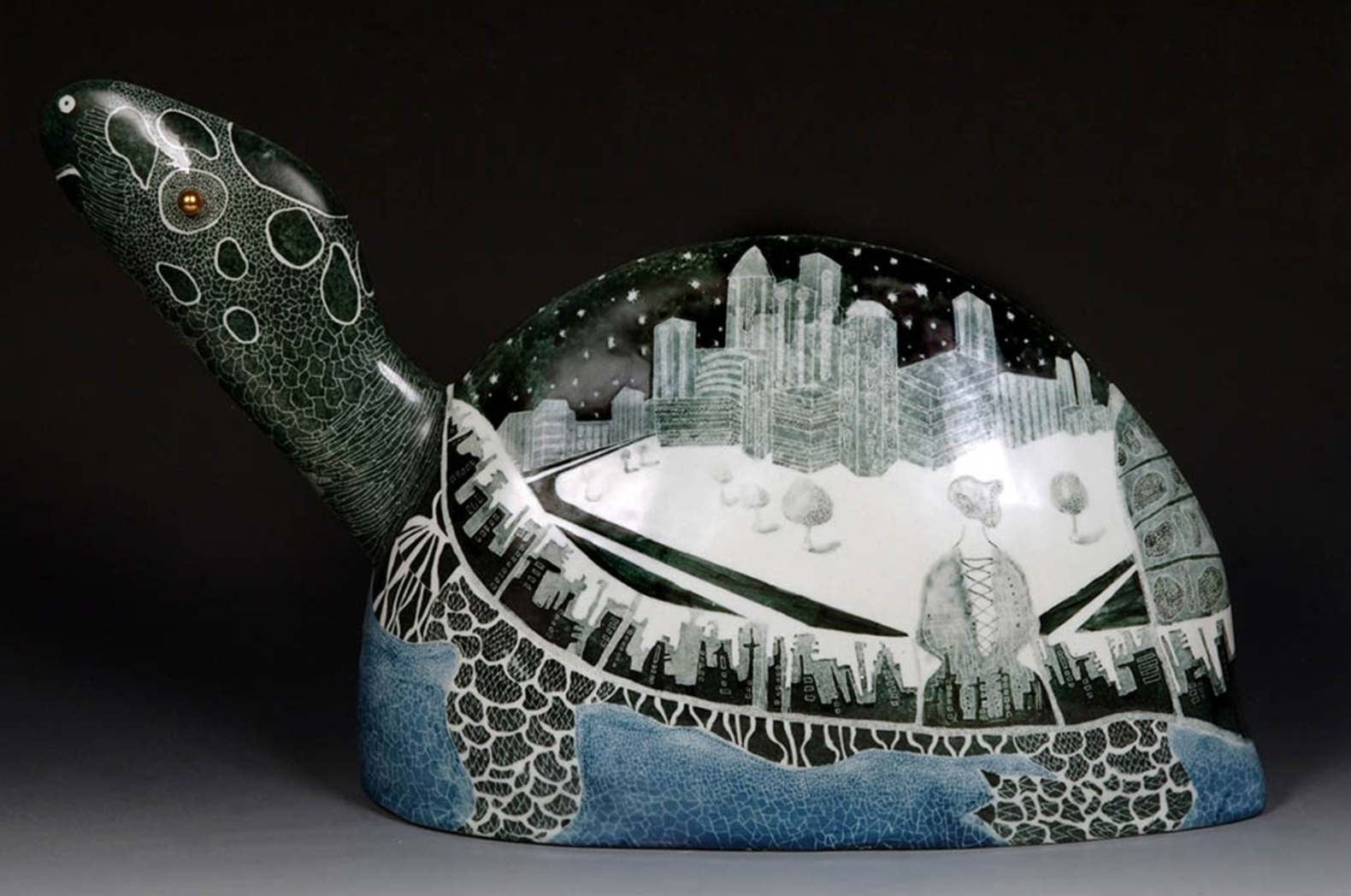
Xiaoqi Zhang’s design is an oriental tea-set which aims to evoke users’ memory of their childhood sweets. By combining together the traditional oriental tea-set with the playful, joyful texture captured from real toffee, tea-drinkers are able to touch and scrutinize the organic shape and the flitting beauty of ‘Toffee’ as a shared immersive experience.
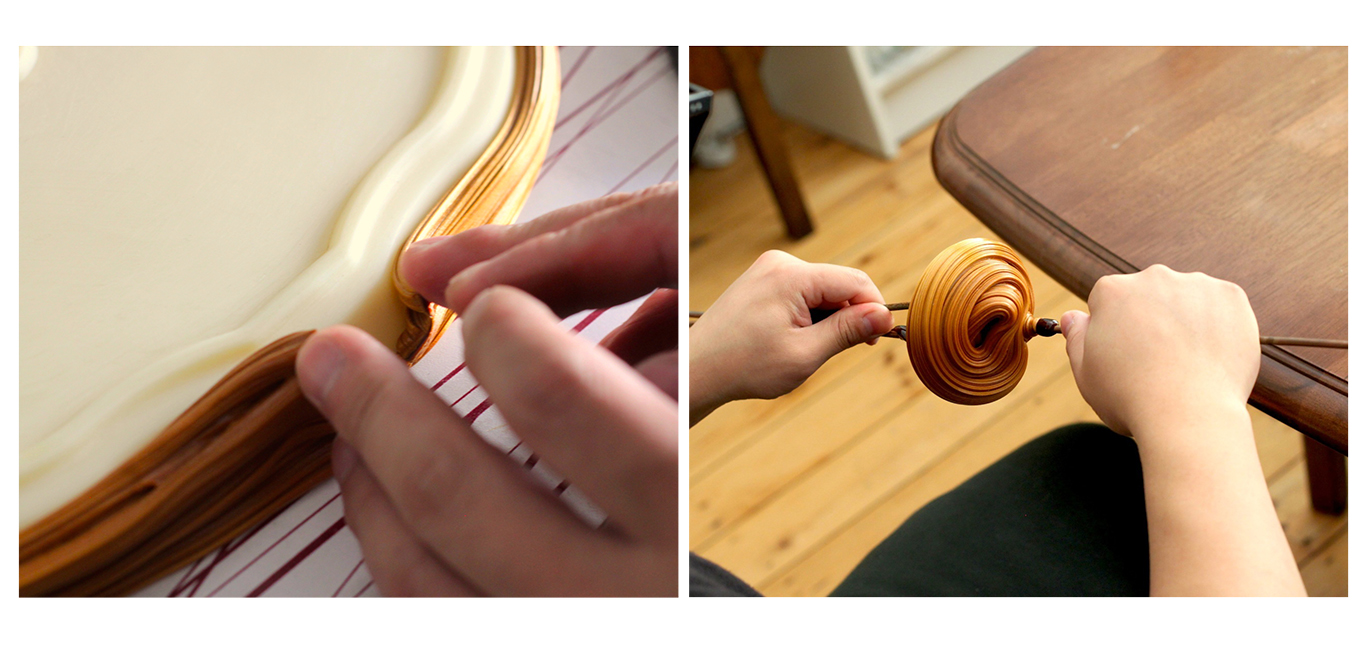
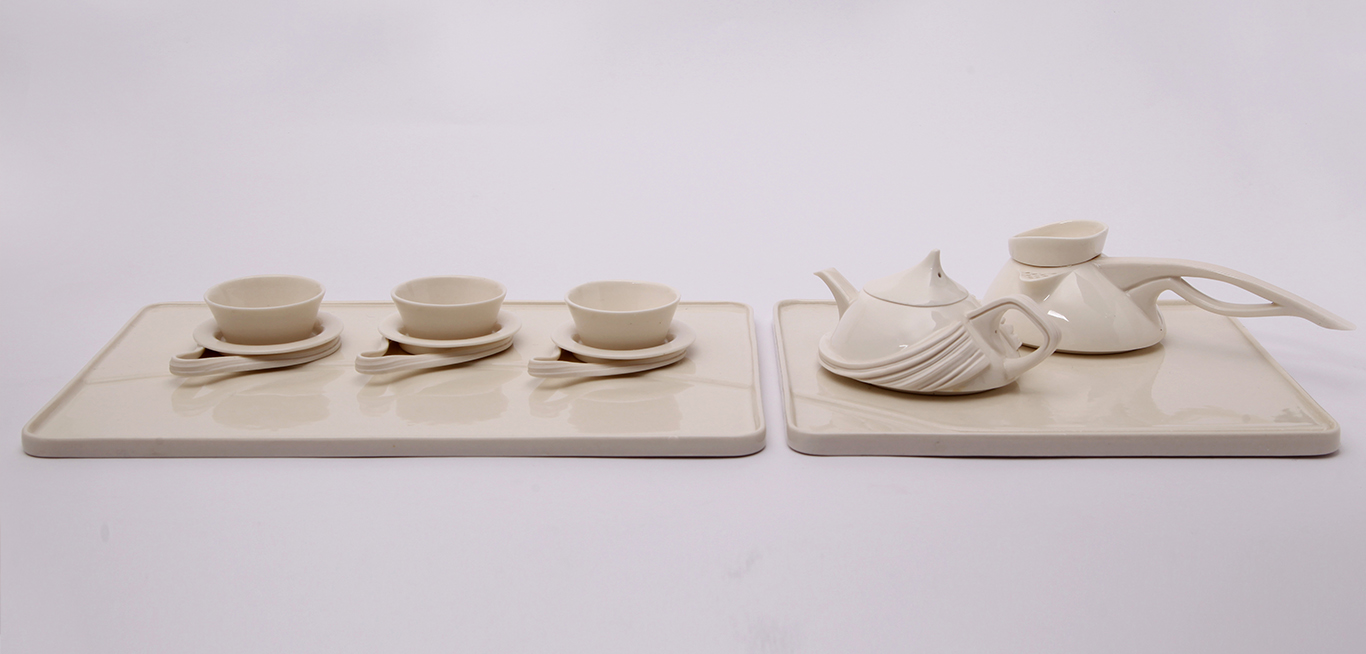
Xiaojuan Wang, a co-founder of Tree Ceramic Studio, questions contemporary notions and representations of Chinese womanhood in her elegant series “Female Flowers”. “The female is expected to be exquisite and gentle, and that’s allowed me to have soft sensual shapes in my work,” says Xiaoqi. “But modern Chinese women combine this traditional sensibility with their strong, vivid personalities and that’s inspired me to decorate my pieces using the Qing-hua technique – a true combination of these two concepts. The vivid colours of polychrome painting allows me to express the bold, extrovert side of modern Chinese women”.
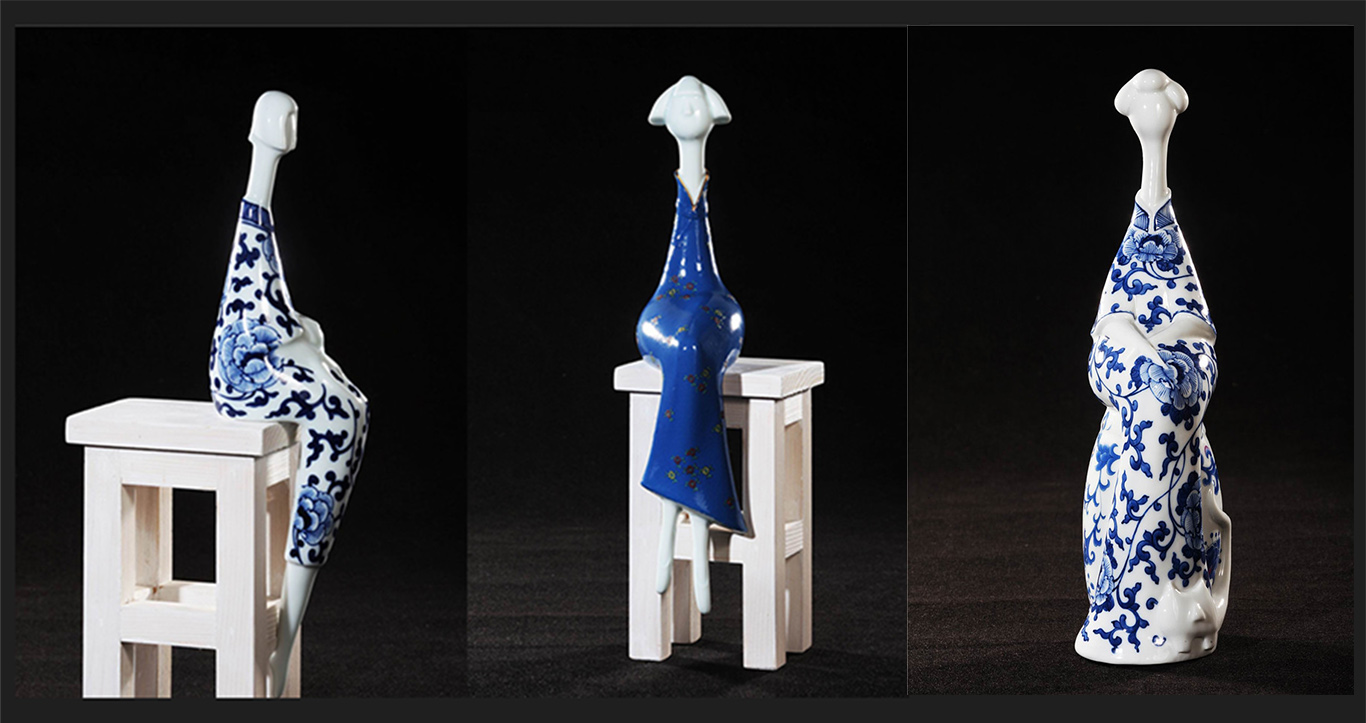
In his ‘Raindrop tea-set’, Xiaodong Bian not only focuses on the shape and its ergonomics but also spends a lot on the research of combining materials— demonstrating a unique application of his distinctive, rigorous design thinking with an acute sensibility of how materials work.
